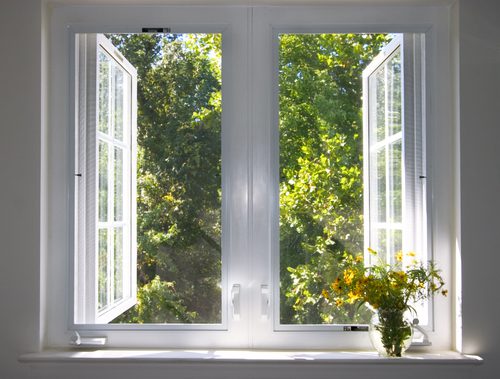How to Make Natural Ventilation Work In Your Home

Natural ventilation is a great way to keep your home cooler and less stuffy without the workings of an air conditioner. While an air conditioner can help keep your home cooler, it can’t always mimic the invigorating effects of natural air and wind. Getzschman Heating & Cooling understands that homeowners don’t want to have to run their air conditioners all the time, to save money, and to enjoy the fresh air when the temperatures are right. You can try and make this work in your home by adjusting a few things and save on your cooling bills as we transition into the fall months.
How Natural Ventilation Works
To make natural ventilation work you need two things, wind and the “chimney effect”. Natural ventilation works best in climates with cool nights and regular breezes. Wind can naturally ventilate your home as it enters or leaves windows. Here’s how: When wind blows against your home, air is forced into your windows on the side facing towards the wind, while a natural vacuum effect tends to draw air out of windows on the leeward (downwind) side. The “chimney effect” works by way of convection and occurs when cool air enters the home on the first floor or basement, absorbs heat in the room, rises, and exits through upstairs windows. Convection in your home creates a sort of vacuum, which pulls more air in through lower-level windows. This works best in homes with tall or cathedral ceilings and windows located near the top of the house, or in operable skylights. Related Read: When to Start Giving Your Furnace Some TLC You can enhance natural ventilation in your home with the right landscaping. Depending on the house design and wind direction, a windbreak like a fence, hedge, or row of trees that blocks the wind can force air either into or away from nearby windows. Call Getzschman Heating & Cooling today at 402-721-6301 to get your home’s furnace ready for fall. The temperatures may be perfect now, but a furnace tune-up can help ensure a more comfortable transition into fall and winter.
